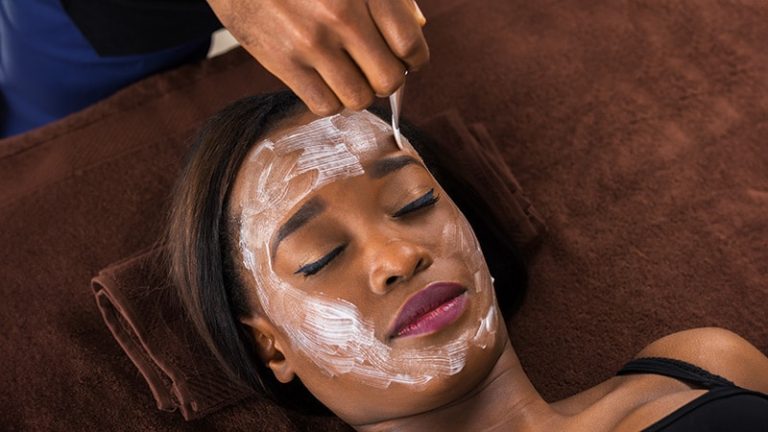CARLSBAD, Calif. — The level of training and supervision among people who perform cosmetic procedures at medical spas (MedSpas) varies widely, a trend that patients may not be aware of, according to Sara Hogan, MD.
“I’m not against MedSpa, I’m for patient safety,” said Hogan, clinical assistant professor of dermatology at George Washington University, Washington, DC. Controversies & Discussions in Laser & Cosmetic Surgery symposium. “The MedSpa industry is booming; it brought in $17 billion in revenue last year. There are as many MedSpas in the United States as practicing dermatologists, and that number is set to outnumber dermatologists.”
According to industry data from the American Med Spa Association63% of MedSpas members are non-MD owned. Among physician-owned MedSpas, 80% are non-core specialty, meaning a specialty other than dermatology, plastic surgery, otolaryngology, or ophthalmology. Of MedSpa’s medical directors, 69% are from non-core physician specialties. “There is a growing body of data showing a relatively higher incidence of complications from cosmetic procedures provided at MedSpas,” Hogan said. “A study 2020 suggested that this is likely due to improper training, improper technique, and/or improper device settings.”
Hogan also reported adverse effects associated with imitation or mishandling botulinum toxin (Botox) injections that prompted the Centers for Disease Control and Prevention to issue alert to clinicians in April 2024. Groups of 22 people in 11 US states reported adverse reactions after injections with fake Botox or injections given by unlicensed or untrained people or in non-health care settings such as homes or spas.
To better understand who performs cosmetic procedures, provides medical supervision, and follows safety protocols at MedSpas, Hogan and colleagues conducted a “truth in advertising” study of 127 MedSpas in the greater Chicago area. They chose this geographic location because an analysis published in 2021 ranked Chicago as having the third highest number of estheticians and the fifth highest number of MedSpas in the United States. The researchers enlisted the help of “mystery shoppers” who contacted MedSpas by phone to ask about the level of training, whether patients underwent a medical history review, the level of on-site physician supervision and the protocol for complications.
The top five cosmetic procedures offered by the 127 MedSpas surveyed were facials (85.0%), hair removal (85.0%), botox injections (83.5%), dermal fillers (82.7%), and chemical peels (76.4%). About two-thirds of cosmetic procedures were performed by estheticians (66.9%), followed by registered nurses or licensed nurses (52.8%), board-certified physicians (48.8%, mostly plastic and reconstructive surgeons), nurses (27, 6%), and physician assistants (9.4%).
In the area of supervision, 16.5% of MedSpas respondents reported that a medical director or supervising physician is always on site. “If they’re not on site, when they asked where the doctors were, most of the time they were in the doctor’s office, clinic or hospital,” Hogan said. “Only 65% of MedSpas surveyed said they informed the patient that the supervising physician is not on site. Additionally, a patient’s medical history is reviewed at only 40% of MedSpas. To provide context, in Illinois, a physician may provide care only after a doctor-patient relationship has been established, meaning a good faith examination has taken place.
Hogan noted that there are no federal statutes or agencies that regulate or oversee MedSpas. “Regulation and oversight are often delegated to state licensing agencies that are overburdened and often overstretched in terms of staffing and budgets,” he said. To raise awareness of this issue, the American Society for Dermatologic Surgery (ASDSA) launched the Medical Spa Safety Coalitionwhich aims to promote model legislation for states known as the Medical Spa Safety Act. Highlights of the bill include clear definitions of medical spa and medical director, as well as requiring an on-site medical director who must be a physician trained in all procedures performed at the MedSpa. Coalition members include 16 state boards of dermatology as well as ASDSA, the American Academy of Dermatology, the American Society for Laser Medicine & Surgery, and the American Society of Plastic Surgeons.
ASDSA provided funding to support the published study. Hogan said he had no financial disclosures.

